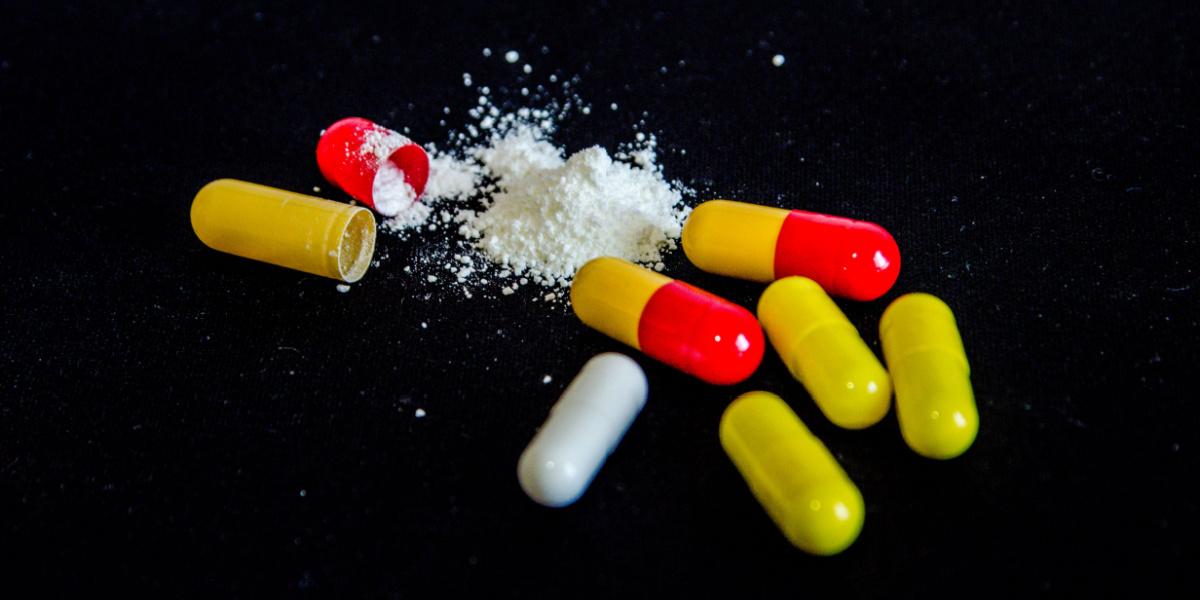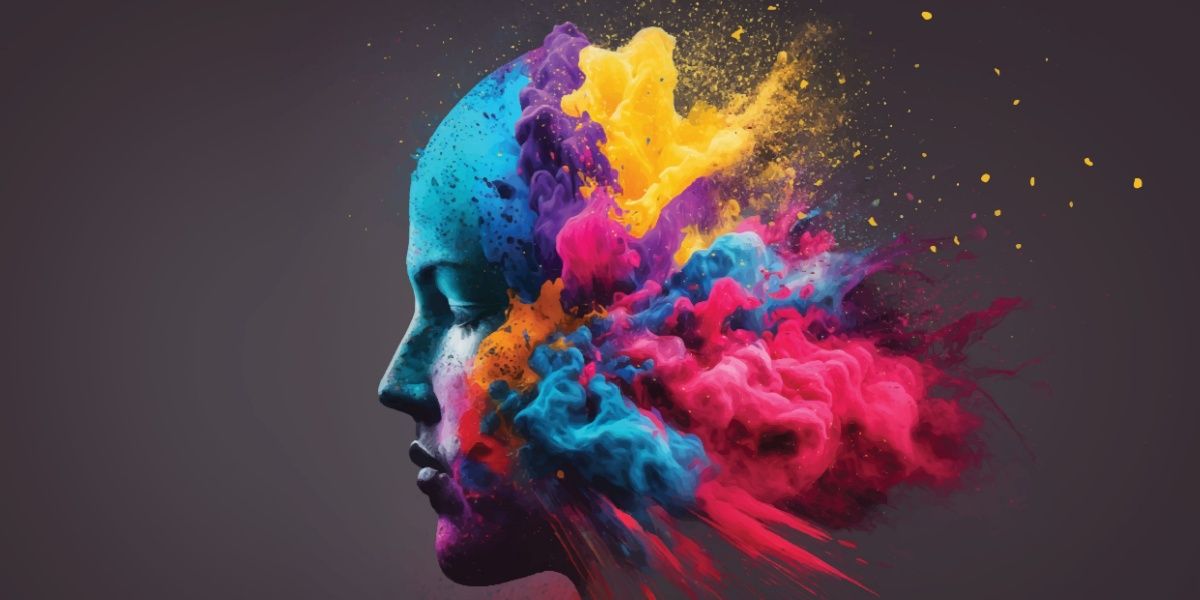Amphetamines are a drug class belonging to central nervous system (CNS) stimulants and have both illicit and legal variations, both of which are regularly abused. Here we look at the types of amphetamines, their effects, potential for addiction, and treatment options.

What are amphetamines?
Amphetamines are a form of central nervous system (CNS) stimulant drugs that come as either prescription medication or illegal narcotics, such as speed.[1] Amphetamines affect the brain's production of dopamine, norepinephrine, and serotonin (although to a lesser extent) as well as other neurotransmitters.[2] These brain-chemical interactions cause increased alertness, focus, and reduced fatigue. Amphetamines are used to treat a variety of conditions, such as:
- Attention-Deficit Hyperactivity Disorder (ADHD)
- Narcolepsy
- Obesity
While amphetamines are normally prescribed, there are illegal variants (as well as abused prescription medications) that are sold on the street for the purpose of abuse. [3]
Other names for amphetamines
Bennies, Black Beauties, Crank, Ice, Speed, Uppers.[4]
What are amphetamines used for?
Amphetamine medications are approved to treat attention-deficit/hyperactivity disorder (ADHD), narcolepsy, obesity, and binge-eating disorder (BED). These medications are available in various forms, including tablets, capsules, orally disintegrating tablets, and oral liquid solutions, and can be immediate-release or extended-release. [1][4][5]
Commonly prescribed brand-name amphetamine medications include: [4][5][6][7][8]
- Evekeo (amphetamine sulfate)
- Dyanavel (amphetamine)
- Adzenys (amphetamine)
- Adderall (dextroamphetamine/amphetamine)
- Vyvanse (lisdexamfetamine dimesylate)
- Dexedrine (dextroamphetamine)
Doses can differ from person to person and may vary depending on the condition and severity of symptoms. However, a typical dose of amphetamine is generally between 5mg and 40mg per day, split into one to three doses.[1]
Prescription amphetamines
Below are some of the most common forms of amphetamine used to treat conditions like ADHD and narcolepsy.[5]
- Dextroamphetamine (Dexedrine)
- Levoamphetamine (Evekeo)
- Methylphenidate (Ritalin, Concerta)
- Lisdexamfetamine (Vyvanse)
Most forms of prescription amphetamines come in the form of pills or tablets but will occasionally be administered orally as a liquid. Amphetamine combination drugs such as Adderall are also widely prescribed to treat ADHD.
How are amphetamines abused?
Amphetamines come in many forms and are administered into the system in different ways. Depending on whether a person is abusing amphetamines in pill, powder, crystal, or liquid forms will dictate how they take the drug. Common methods of abusing amphetamines include:[7]
- Swallowing (pills and tablets)
- Dabbed onto the gums (powder or liquid)
- Inhaled through the nose (powder)
- Injected into a vein (liquid)
- Smoked (crystal)
Illegal amphetamines
Illegal amphetamines purchased on the street are often pure forms of the drug that give a more intense high than the prescription version, or have been mixed with other substances in order to create different effects.[6] Common forms of illegal amphetamines include:
- Speed: Speed is almost a completely pure amphetamine though is commonly mixed with or into other drugs, such as MDMA.
- Dextroamphetamine: ADHD medication that is often abused
- Adderall: Though not illegal, counterfeit versions of the drug are often sold on the street
- Methamphetamine: a chemical compound of amphetamines; meth is one of the most widely abused forms of the substance and is mostly abused as crystal meth, smoked in pipes.
Effects of amphetamine abuse
Amphetamine abuse has a damaging effect on both physical and mental health. Common health-related side effects of amphetamines include:[8]
- Decreased appetite/weight loss
- Heart issues (irregular heartbeat, increased blood pressure, heart attack)
- Increased body temperature
- Memory loss
- Stroke
- Mood/behavioral issues (depression, anxiety, agitation, violent behavior)
- Tremors
- Skin sores
- Issues sleeping
- Tooth decay
The stronger the amphetamine and how regularly it is abused increases the risk of harmful side effects. For instance, chronic meth abuse causes rapid tooth decay (meth mouth) and skin damage from constant scratching.
Are amphetamines addictive?
Amphetamines produce dopamine, the neurotransmitter that causes happiness and euphoria, and feelings of reward and pleasure in the limbic reward system of the brain. This artificial production of dopamine is highly addictive and causes many to become hooked on abusing amphetamines.
Amphetamines also cause intense withdrawal symptoms when use stops, making people prone to relapse without professional help.
Mixing amphetamines and other drugs
Drug users often combine substances in order to enhance their effects. As with other CNS stimulants, mixing amphetamines and other substances can lead to serious side effects and fatal overdose.
Drugs regularly mixed with amphetamines:
MDMA: Causes elevated blood pressure, irregular heartbeat, and anxiety
Opioids: Increases the risk of respiratory depression
Cocaine: Causes elevated blood pressure, irregular heartbeat, and anxiety
Benzodiazepines: Can mask the effects of both, which may lead to severe side effects in either
Alcohol: Masks alcohol intoxication, leading to potential alcohol poisoning
Amphetamine withdrawal and detox
As amphetamines affect the way the brain processes dopamine naturally, cessation can cause uncomfortable withdrawal symptoms. Once a tolerance to amphetamines has built up, users will feel the need to take the drug constantly to feel normal levels of happiness. This is a physical dependence on the drug and can make it extremely difficult to stop.
Withdrawal symptoms for amphetamines include:[9]
- Cravings for the drug
- Increased appetite
- Joint/muscle pain
- Irritability
- Depression
- Exhaustion
- Anxiety
- Paranoia
While withdrawal symptoms from amphetamines may feel insurmountable at first, with proper treatment and dedication they should subside within two weeks.
Treatment for amphetamine abuse
Managing withdrawal symptoms from amphetamines with dedicated treatment offers the highest chance for successful recovery. Through treatment in an inpatient facility or with an outpatient rehab program, people with amphetamine dependence can detox from the drug safely and begin therapy to avoid relapse.[10]
Behavioral therapies such as cognitive behavioral therapy (CBT) are proven to have the highest success rate when tackling addictions like amphetamines.[10] Users can learn coping mechanisms to handle triggers and identify the route of emotional and behavioral causes of their substance abuse. Examples of therapy used to treat amphetamine addiction include:
- CBT
- Dialectical behavioral therapy (DBT)
- Motivational interviewing
- Group therapy
- Family counseling
Many also find it useful to enter support group programs to help manage and understand their addictions. These programs such as 12-Step models like Narcotics Anonymous (NA) or other programs like SMART Recovery have meetings across the country and are accessible to people from all walks of life.



-guide-detail.jpg?v=1722501068)
-guide-detail.jpg?v=1756808523)